Indigo, Blue (Baptisia australis), packet of 20 seeds
$3.95
Family: Legume (Fabaceae)
Hardy to Zones 3 to 9
(Blue Wild Indigo, False Indigo) Herbaceous perennial flowering blue-purple to a height of 4 feet. Native to Central and Eastern USA. The multiple spikes create gobs of long-lasting, pea-like flowers that give way to obovoid, swollen follicles. A nitrogen-fixing legume, this is a showy, drought and deer resistant plant that goes well in the diverse medicinal herb garden or as a companion to fruit trees. The leaves contains a palpable amount of the indole glycoside indican, which is the precursor to indigo dye. The gallery image shows the indigo color showing through the dried leaves. The dried roots of the plant were used in Native American and eclectic medicine (TNAM, TWM): Antiseptic, immunotonic. Used for treating upper respiratory infection, especially when accompanied by swollen and reddened oral mucosa. The plant prefers full sun and a dryish site. It is not picky about soil, and will grow well in sandy or rocky soils. Fertilization is not required, as the plant produces its own nitrogen. Scarify seed on sandpaper, soak overnight and give 10 days refrigeration in moist medium before planting warm. Germination is very reliable. Space plants 2 to 3 feet apart.
20 seeds/pkt, open-pollinated, untreated, NO GMOs
In stock

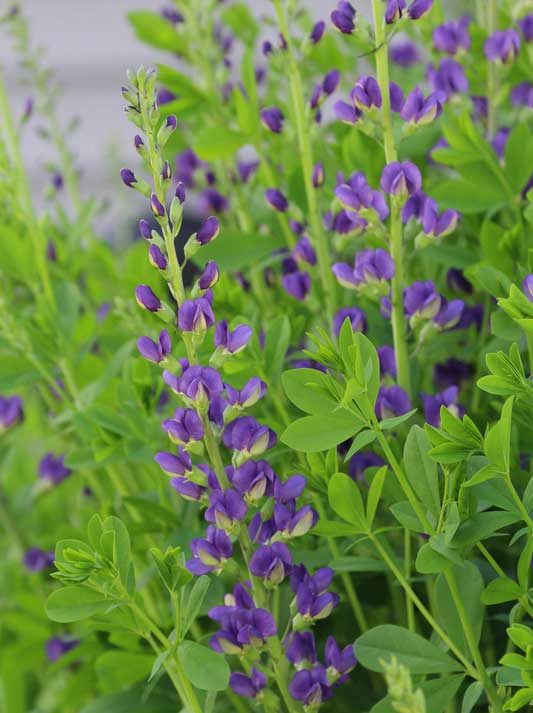
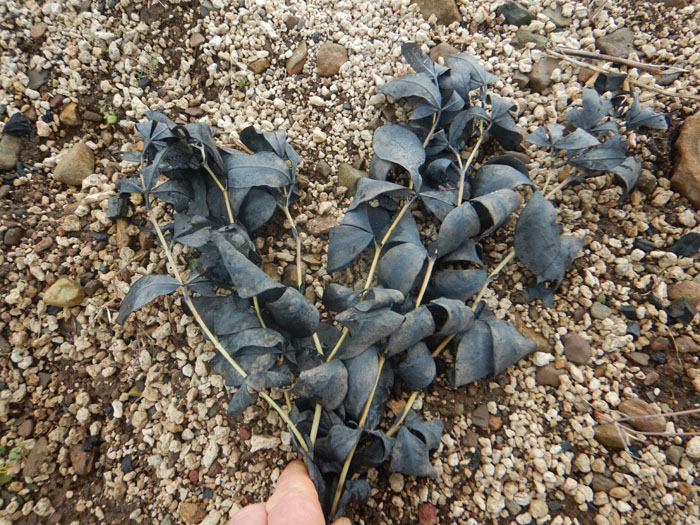
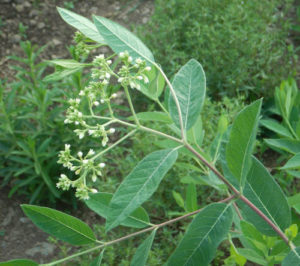
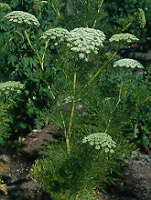
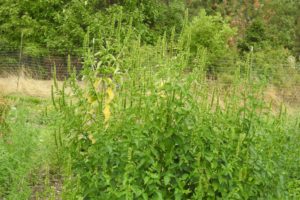
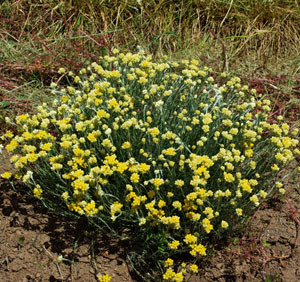
Question
Jennifer Pal –
I have a packet of Blue Wild Indigo (baptisia australis), in your book, Making Plant Medicine, p.201 the instructions are for Baptisia tinctoria. Can I use the Blue in its place for tinctures, oils and salves?
Upvote if this was helpful (0) Downvote if this was not helpful (0) Watch Unwatch Flag for removal
Richo Cech –
hi jennifer, there is a lot of confusion in the herb world about this, caused by confused nomenclature and sloppy reporting. I used to be a purist and recommend only Baptisia tinctoria, but my teacher Michael Moore was inclusive with the different Baptisia species and a review of the ethnographic literature points to Baptisia australis as a secondary source of the antiinflammatory/alterative herb. One thing is for sure–DRY IT before use, this detoxifies. Basically, if you haven’t even planted it yet, get some Baptisia tinctoria and grow that. it is more dependable. richo
Upvote if this was helpful (0) Downvote if this was not helpful (0) Flag for removal